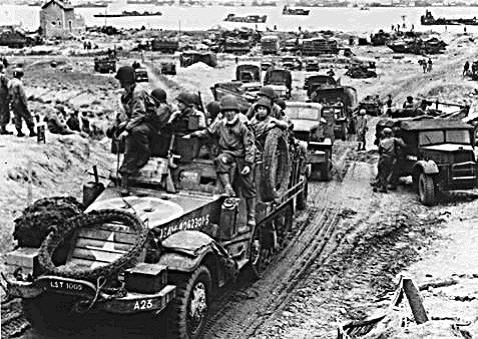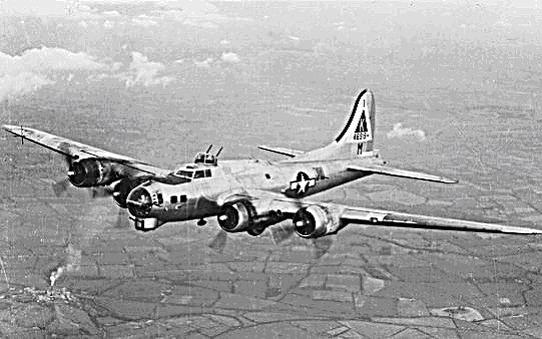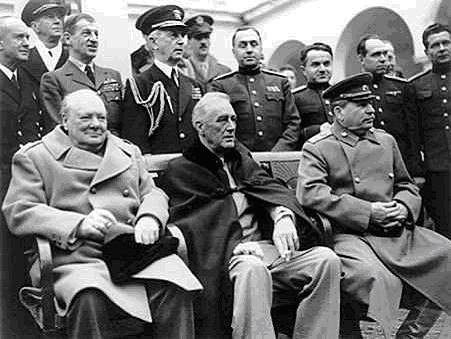
D-Day Troops
The United States First Army moves supplies inland from beaches code-named Utah and Omaha in northern France on June 6, 1944. D-Day, as General Dwight D. Eisenhower called it, surprised the Germans, who expected the invasion to come from farther north.


